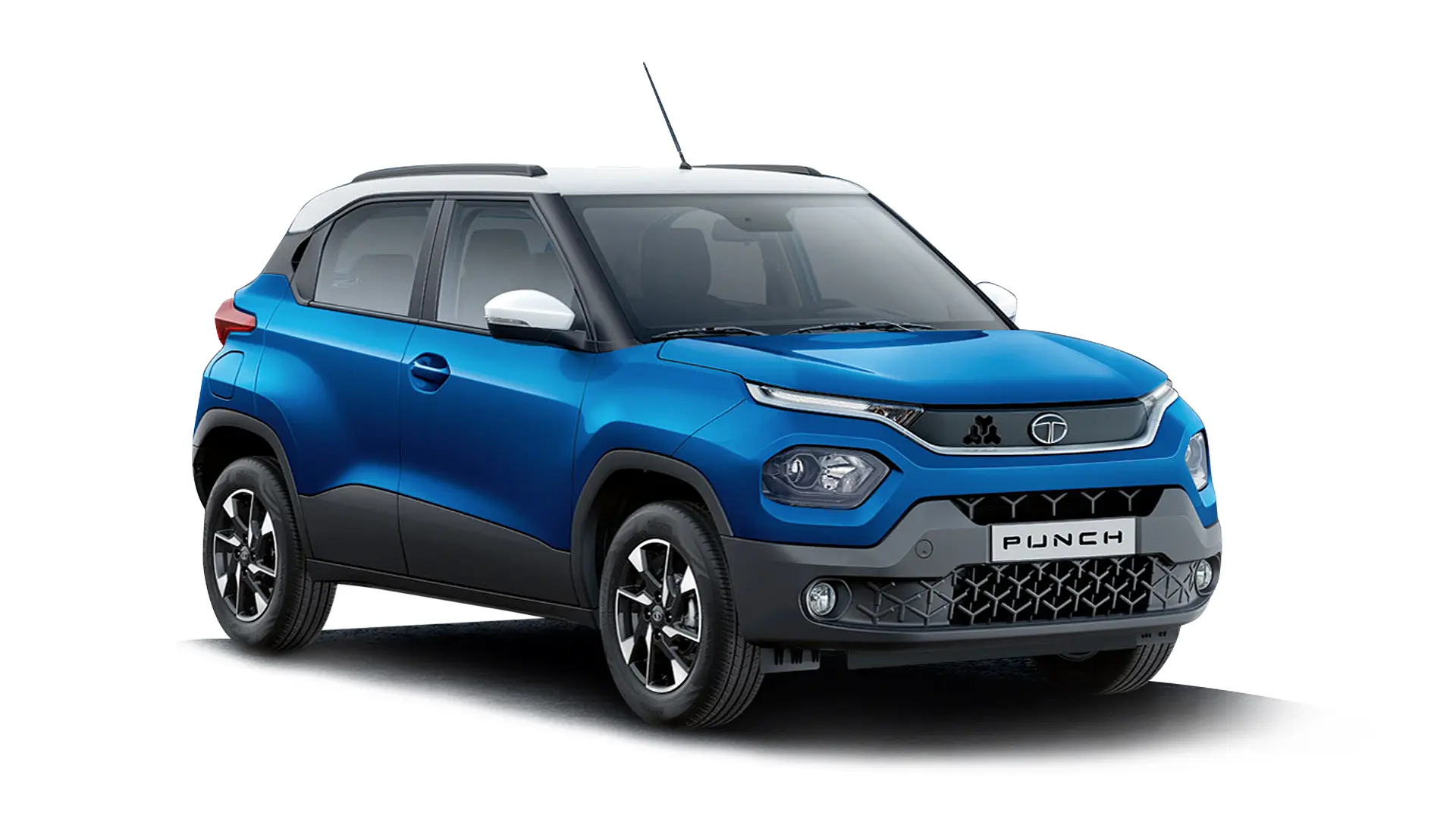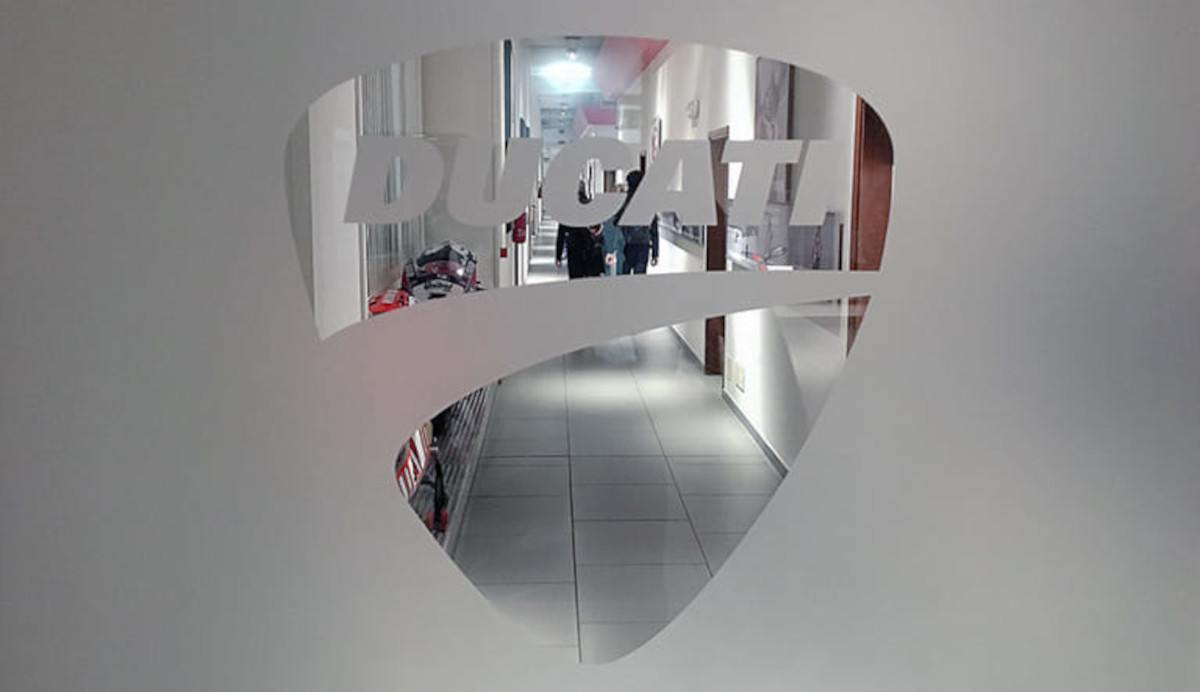Key Points
- The Punch CNG will be the fourth CNG model from Tata Motors, after the Tiago, Tigor, and Altroz.
- It will be the first CNG-powered SUV from Tata Motors.
- The dual-cylinder CNG technology allows the tanks to be fitted in the boot floor, which helps free up a lot of luggage space.
- The Punch CNG is expected to be offered in multiple trims, details of which, will be revealed closer to launch.
Tata Motors are actively expanding its portfolio of CNG models, and if the Punch CNG is indeed in production, it will join the ranks of the Tiago, Tigor, and Altroz as the fourth CNG offering from Tata Motors.

Key features of the Tata Punch CNG:
- Dual-cylinder CNG technology
- 1.2-litre 3-cylinder engine
- 5-speed manual transmission
- 76 BHP and 97 Nm in CNG mode
- 84 BHP and 113 Nm in petrol mode
- Two 30-litre CNG tanks
- Multiple trims
The addition of the dual-cylinder CNG technology with two smaller CNG tanks placed in the boot floor is likely to be a key feature, freeing up luggage space and providing more convenience to users.
CNG
The powertrain specifications you mentioned indicate that the Punch CNG will be powered by a 1.2-litre 3-cylinder engine, offering different power outputs in CNG and petrol modes. It’s common for CNG engines to have slightly reduced power output compared to petrol, but they provide an economical and more eco-friendly fuel option.
Since the information is based on a media report, it is always a good idea to keep an eye out for official announcements from Tata Motors to get the most accurate and up-to-date information on the Punch CNG, including its trims, features, and launch date.
Pros of the Tata Punch CNG:
- Cost-effective fuel: Compressed Natural Gas (CNG) is generally cheaper than petrol or diesel, offering potential cost savings on fuel expenses.
- Eco-friendly: CNG is a cleaner-burning fuel compared to petrol or diesel, producing lower emissions of harmful pollutants like carbon dioxide, nitrogen oxides, and particulate matter. This makes it more environmentally friendly and contributes to reducing air pollution.
- Dual-fuel capability: The Punch CNG’s ability to run on both CNG and petrol gives drivers the flexibility to switch between the two fuels, especially in areas with limited CNG availability.
- Tata’s dual-cylinder CNG technology: The innovative dual-cylinder CNG technology with two smaller tanks in the boot floor not only provides additional storage capacity but also ensures safer and more efficient CNG usage.
- Luggage space optimization: With the CNG tanks placed in the boot floor, the Punch CNG frees up more luggage space compared to conventional CNG models, offering practicality for everyday use and long trips.
Cons of the Tata Punch CNG:
- Limited CNG infrastructure: While CNG is more eco-friendly and cost-effective, the infrastructure for CNG refuelling stations might be limited in certain regions, making it less convenient for some users.
- Reduced power output: CNG engines often have slightly lower power output than their petrol counterparts, which could impact the car’s performance, especially during acceleration.
- Boot space compromise: Despite the optimized luggage space, having the CNG tanks in the boot might reduce the overall cargo-carrying capacity compared to non-CNG variants of the same model.
- Availability and servicing: The availability of CNG-specific service centres and skilled technicians might be relatively limited compared to traditional petrol or diesel service centres.
- Refuelling time: CNG refuelling might take longer compared to filling up with petrol or diesel, as it requires compressing the gas into the cylinders.
Conclusion
The decision to choose the Tata Punch CNG will depend on individual preferences, driving habits, and the availability of CNG infrastructure in the user’s area. CNG-powered vehicles are a viable option for those seeking cost savings and reduced environmental impact, as long as they are willing to consider the potential trade-offs associated with CNG usage.
































